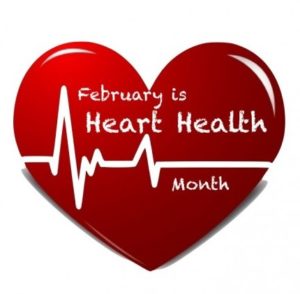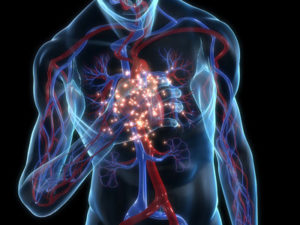If you have been reading regularly on this blog than you know this past month has been dedicated everywhere for the health topic “HEART MONTH”.
What is a “widow maker”? Well for starters, this is the deadliest heart attack. The symptoms you need to know to possibly prevent the results of this widow maker. It occurs when there is a complete blockage of the left artery feeding the heart with blood. This causes a cut off of oxygen supply to one of the large parts of the heart muscle, which can cause it to stop beating, causing you to die.
A heart attack is when one of the coronary arteries becomes blocked.
The heart muscle is then robbed of vital oxygenated blood, which if left untreated, can cause the heart muscle to begin to die.
A heart attack is a life-threatening emergency.
A widow maker heart attack is caused when the LAD artery becomes blocked.
It occurs when there’s a complete blockage of the left anterior descending (LAD) artery, one of two main arteries that brings OXYGENATED blood to the heart=FOOD TO THE HEART MUSCLE (O2).
When it is blocked due to a build up of plaque it is most often deadly, hence the name “widow maker”. How to we get plaque build up?
Cholesterol plaques can be the cause of heart disease. Plaques begin in artery walls and grow over years. The growth of cholesterol! The plaques slowly blocks blood flow in the arteries. Worse, a cholesterol plaque can suddenly rupture. The sudden blood clot that forms over the rupture then causes a heart attack or stroke.
Blocked arteries caused by plaque buildup and blood clots are the leading cause of death in the U.S. Reducing cholesterol and other risk factors can help prevent cholesterol plaques from forming. Occasionally, it can even reverse some plaque buildup.
Symptoms:
A widow maker heart attack has the same symptoms as any other heart attack.
They can be difficult to spot for sure, because they can vary from person to person.
The most common signs include:
- chest pain, tightness, heaviness, pain or a burning feeling in your chest
- pain in the arms, neck, jaw, back or stomach
- for some people the pain and tightness will be severe, while for others it will just feel uncomfortable
- sweating
- feeling light-headed
- becoming short of breath
- feeling nauseous or vomiting
How is a heart attack treated?
The first port of call for treatment, is for doctors to treat the blocked artery.
There are two main procedures used to open up the blocked blood vessel.
The first, a primary percutaneous coronary intervention (PPCI) is an emergency coronary angioplasty.
It opens the blockage and helps restore blood supply to the heart.
The second treatment, is thrombosis, also known as a “clot buster”.
It involves injecting a drug into the vein to dissolve the blood clot and restore blood supply to the heart that way. In some cases this procedure can be performed in the ambulance.
While these treatments are common, in some cases they will not be right for the patient and so they won’t be performed. The MD Cardiologist will know the right Rx.


